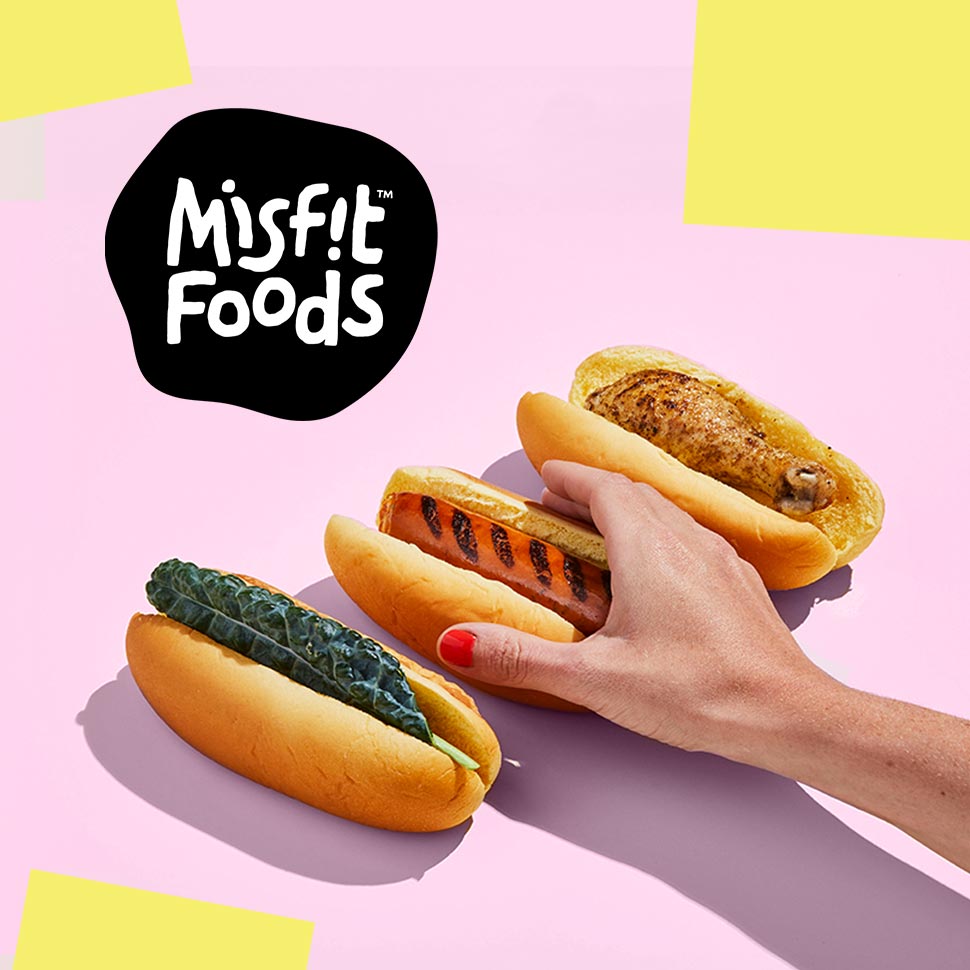Misfit foods, often discarded due to cosmetic imperfections or surplus production, hold immense potential to combat food waste, promote sustainability, and address food insecurity. This discussion explores the diverse types of misfit foods, their innovative utilization, and the challenges and opportunities associated with their integration into the food system.
From oddly shaped fruits to imperfect vegetables, misfit foods offer a unique opportunity to rethink our consumption patterns and reduce the environmental impact of food production.
Introduction: Misfit Foods

Misfit foods are agricultural products that do not meet the standardized cosmetic criteria for size, shape, or appearance set by the food industry. These products are often discarded due to their “imperfections,” despite being safe and nutritious for consumption.
Food waste is a global issue, with approximately one-third of all food produced being wasted each year. Misfit foods contribute significantly to this waste, as they are often rejected by retailers and consumers due to their unconventional appearance.
Benefits of Utilizing Misfit Foods
Utilizing misfit foods offers several potential benefits:
- Reduced food waste:By using misfit foods, we can reduce the amount of food that is wasted each year.
- Environmental sustainability:Food waste contributes to greenhouse gas emissions and other environmental problems. Reducing food waste can help to mitigate these impacts.
- Increased food security:Misfit foods can provide a valuable source of nutrition for people who are struggling to access healthy food.
- Economic benefits:Utilizing misfit foods can create new economic opportunities for farmers and food processors.
Types of Misfit Foods

Misfit foods encompass a diverse array of food items that do not meet conventional aesthetic or production standards, leading to their rejection from the mainstream food supply chain. These misfit foods can be categorized based on the primary reasons for their discard, shedding light on the multifaceted nature of food waste.
Cosmetic Imperfections
Cosmetic imperfections, such as blemishes, bruises, or irregular shapes, often result in the rejection of fruits and vegetables that are otherwise perfectly edible. These imperfections may arise during cultivation, harvesting, or transportation, and while they do not affect the nutritional value or safety of the food, they fail to meet the cosmetic expectations of consumers and retailers.
- Apples with minor bruises or blemishes
- Bananas with uneven ripening or curvature
- Carrots with forked or misshapen roots
Surplus Production
Surplus production occurs when the supply of a particular food item exceeds market demand. This can lead to a glut of products that are often discarded due to the perishable nature of many food items. Surplus production can result from factors such as favorable weather conditions, overproduction by farmers, or changes in consumer preferences.
- Excess tomatoes at the end of the growing season
- Overproduction of milk due to increased milk yield
- Surplus bread at the end of the day in bakeries
Unique Challenges
Each type of misfit food presents unique challenges in terms of handling, storage, and distribution. Cosmetic imperfections may require careful sorting and packaging to minimize further damage during transportation. Surplus production often necessitates quick and efficient distribution channels to prevent spoilage.
Addressing these challenges is crucial to reducing food waste and maximizing the utilization of misfit foods.
Query Resolution
What are the main types of misfit foods?
Misfit foods are categorized based on their reasons for being discarded, including cosmetic imperfections, surplus production, and規格外 (products that do not meet size or shape standards).
How can misfit foods be utilized effectively?
Misfit foods can be incorporated into a variety of food preparation methods, such as juicing, blending, and fermentation. They can also be used to create new products and recipes, reducing waste and promoting creativity.
What are the environmental benefits of using misfit foods?
Utilizing misfit foods helps reduce greenhouse gas emissions associated with food production and disposal. It also conserves water and land resources, promoting a more sustainable food system.

